Robert the Bruce: myths busted
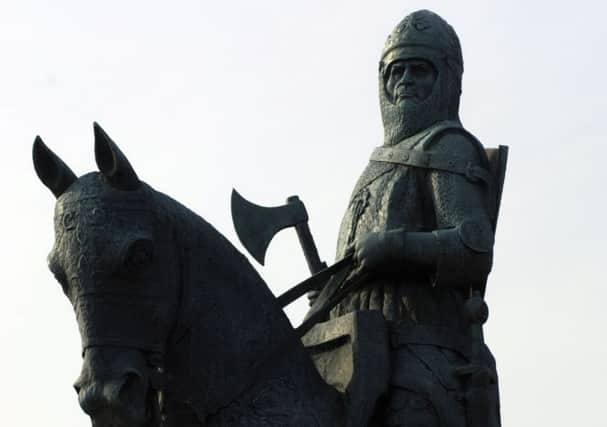

Myth
The first myth that everyone thinks about when talking about King Robert the Bruce, is that he had and died of leprosy.
History
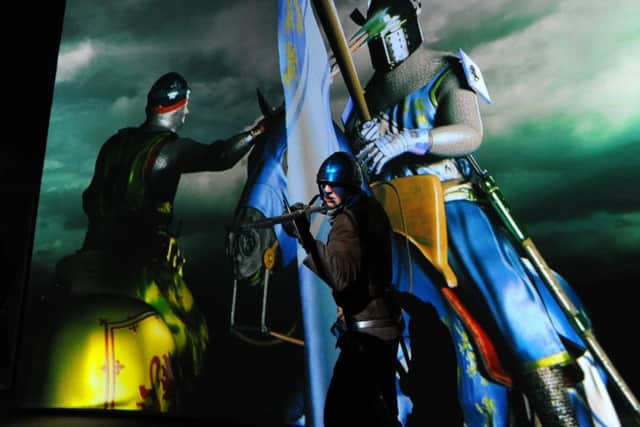

The truth is that King Robert the Bruce did not have leprosy at all.
Advertisement
Hide AdAdvertisement
Hide AdThe propaganda machine was working against King Robert and the worst thing that you could have said about someone in those times Is that he had leprosy.
If he did have leprosy, he would not have been able to be in the company of more than 15 people at a time. He would not have been able to attend mass which he did regularly, he also would not have been able to drink from local well, which he also regularly did.
It is true that King Robert’s father had and died of the disease, but the King himself died peacefully in his bed in the modern day village of Renton, medieval Cardross at the age of 54 due to an illness.
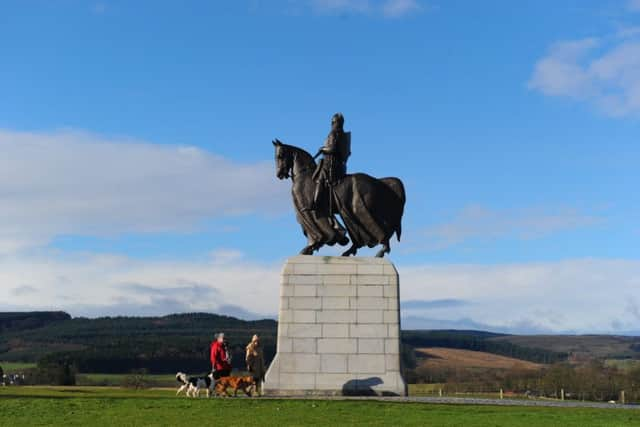

This was two weeks away from his 55th birthday on June 7th.
Myth
Another huge misconception is that King Robert betrayed Sir William Wallace.
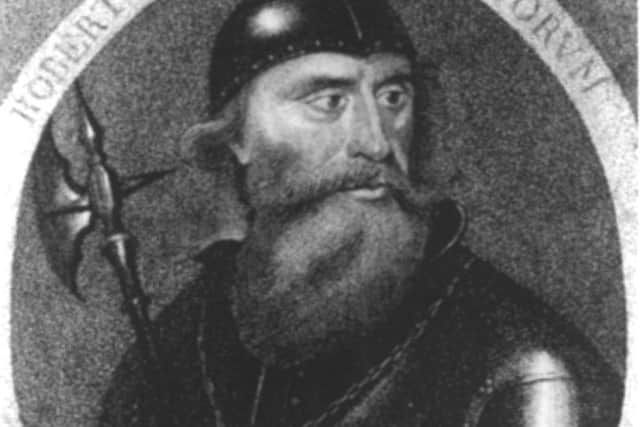

Truth
Robert the Bruce was a chivalric Knight and came north to learn guerrilla warfare from a young Scotsman named William Wallace who was fighting a successful freedom campaign here in Scotland.
He was targeting noblemen and Knights which sent shock waves throughout Europe.
Advertisement
Hide AdAdvertisement
Hide AdThis intrigued Robert the Bruce and he came north for a period of time to learn how to fight in this unconventional manner.
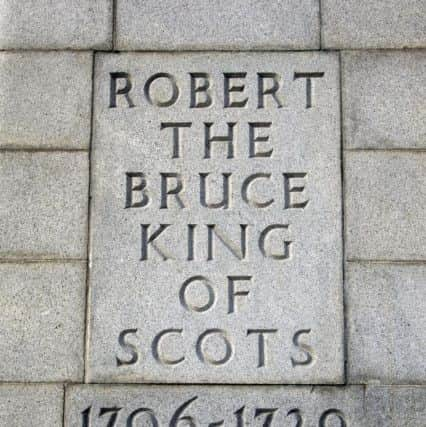

He learned from the young Wallace how to rid Scotland of her enemies, which he used very successfully in the years to come.
When Longshanks gave the order to his men to capture Wallace by any means necessary John Menteith, a Scottish nobleman who was the commander of Dumbarton Castle, which was held by the English had the opportunity to do so… and he did.
After the False Menteith handed Wallace over to the English he returned to Dumbarton castle.
In 1307 King Robert the Bruce and his army took Dumbarton Castle and captured John Menteith. Robert the Bruce asked of ‘The False’ Menteith to swear fealty to him and Scotland to which John Menteith replied; ‘No, I have a master.’
When the Bruce tried to convince Menteith that his master, Longshanks was evil and that he should swear fealty to Scotland. Menteith again says no. Robert the Bruce then tells him; ‘I will torture and kill you if you do not.’
John Menteith’s answer shook Robert the Bruce. ‘My Lord, it has nothing to do with King Edward, or you as King of Scotland. You are asking me to give my word to two men at the same time. This I cannot do.’
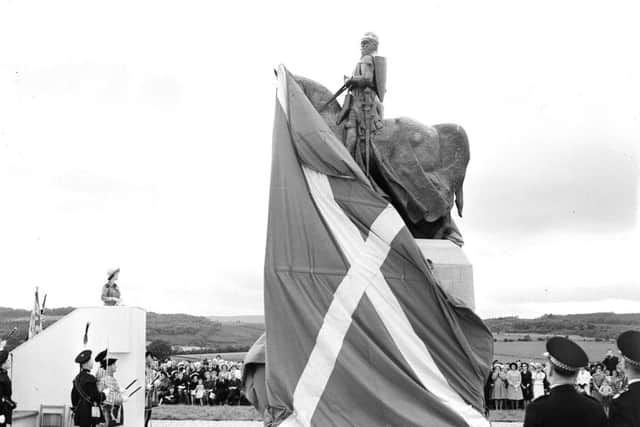

Advertisement
Hide AdAdvertisement
Hide AdRobert the Bruce realised he had an honest man on his hands and instead of killing Menteith, imprisoned him in Dumbarton Castle. He was held there for a few months until word arrived that King Edward 1st of England was dead. John Menteith immediately swore fealty to King Robert and Scotland.
Many people in Scotland felt that the decision to keep Menteith a prisoner instead of killing him for his capture of Sir William Wallace made Robert the Bruce a traitor to Wallace. But John Menteith fought the rest of his life for a free Scotland.
Myth
One of the biggest myths surrounding King Robert is that he killed John III ‘Red’ Comyn. It is said that they met up at Greyfriars church in Dumfries, where the future King Robert stabbed the Red Comyn to death.
Truth
Robert Bruce, Earl of Carrick and John ‘Red’ Comyn had agreed with one another to plot and fight against Edward Longshanks, King of England.
This was done with great secrecy as discovery of such a plot would have meant certain death for both men. Robert Bruce was still welcome in the English court at this time and travelled back and forth from Scotland to London regularly. In this period of time there was several correspondence secretly sent to the Red Comyn with plans and arrangements for the freedom of Scotland, which were immediately sent by the Red Comyn to the King of England, betraying Robert the Bruce’s trust.
In one of Robert the Bruce’s visits to London he was confronted by Edward Longshanks about one of these letters.
The King asked if this was one of Robert’s letters and if he had written it. Robert agrees, saying it is signed with one of his seals, but not the one hanging around his neck… His seal. Lifting the letter from the Kings table in anger he protests to the King that someone was using his other seal and he would find out who the traitor was. Storming out, the Bruce and his entourage head to his manor house in Tottenham where one hour later they are met by a messenger sent to warn him, showing him a gold coin with the face on King Edward on it and a Spur.
Advertisement
Hide AdAdvertisement
Hide AdThe message very clearly telling him to ‘hot spur’ it out of there. When Longshanks’ men arrive at Tottenham, they had missed Robert the Bruce by one hour.
Bruce heads to Scotland where he and his entourage come across another messenger with the colours of John Comyn. They pursue the fleeing man and dispatch of him. On his body were other letters written by Robert Bruce addressed to John Comyn but were being sent to Edward Longshanks of England. Traitor!
Robert the Bruce arranges for a meeting with John ‘Red’ Comyn in Greyfriars Church, Dumfries on the 10th February.
After a short period of time, tempers flared. The Red Comyn, a very capable Scottish nobleman and Knight and Robert the Bruce, lost their tempers after which Robert the Bruce produced the letters showing the red Comyn’s betrayal. After a short fight, Robert the Bruce had been struck across the chest by a sword from one of Comyn’s men who was then killed. The only thing saving Bruce’s life was the chain mail hiding under his surcoat.
The Red Comyn lay stabbed and was being aided to by two monks when Bruce asks; ‘How is he?’ One monk replies, ‘It is a flesh wound, sire.’ When asked by his men on how the Red Comyn is he tells them that he only has a flesh wound.
Kirkpartick Fleming pushes past the future King and says, ‘I’ll make sicre.’
Returning a few moments later, he holds aloft the severed head of John III ‘Red’ Comyn. Robert the Bruce proceeds through Scotland to Scone Palace where he is then crowned King of Scots.
Advertisement
Hide AdAdvertisement
Hide AdThe Robert the Bruce Heritage Centre is run by a group of dedicated volunteers and historians. You can visit the site here.
